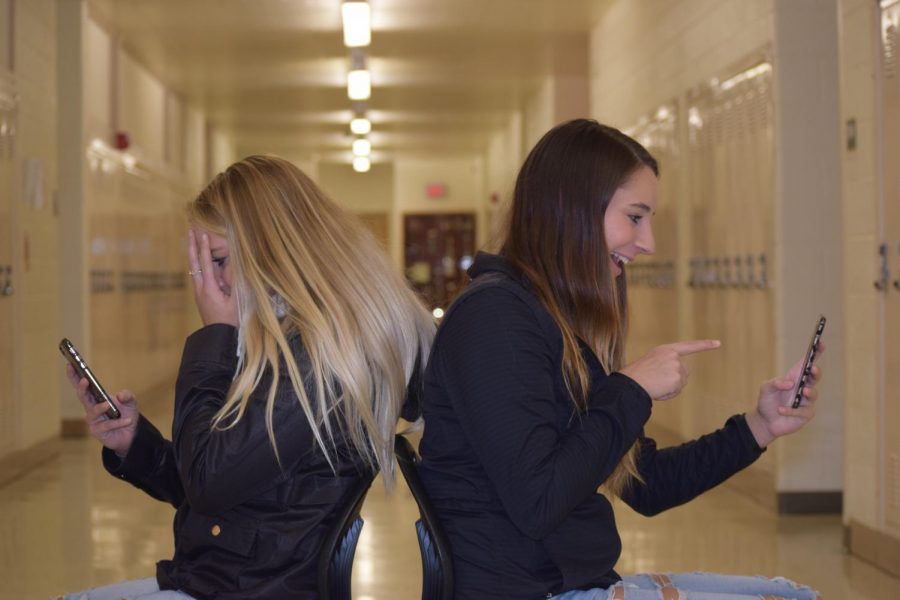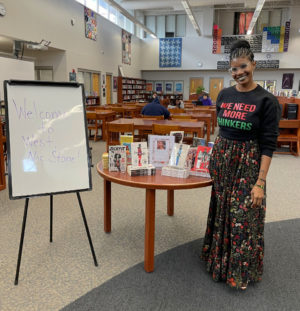The ugly truth behind ‘finstas’
Courtney Harris and Jayme Finn represent the two sides to finstas
November 7, 2017
With all the freedom that social media presents to us, negative communication is undoubtedly inevitable.The primary concept behind social media is to create a more efficient form of communication. However, there is little way to control the cynical aspects that may display themselves.
Therefore, teenagers have created fake Instagrams, “finstas” where people have the liberty to post what they usually would avoid publicizing on their real accounts. To my dismay, when used irresponsibly, “finstas” promote cyberbullying and are a virtual stage for narcissistic teenagers to tear down others.
A common misconception with “finstas” is the idea that malicious things posted will not be able to be seen by the victims. Whether or not people have access to see said posts is entirely irrelevant. This is 2017, people will screenshot and people will talk. Hate is still hate no matter what the context. While the intentions behind this new ideology may be entirely innocent, due to immaturity and lack of respect for others finstas have evolved into a platform of hostile publication.
According to the Pew Research Center, 92 percent of teenagers are on social media daily.
Junior Alexa Glandon has had a “finsta” since Aug. 28, 2016 and has it for the same reasons as many others, to post whatever you want to a select group of friends.
“The purpose behind my “finsta” is to tell people about my daily life, no matter how boring it is, but they [“finstas”] can lead to cyberbullying when they aren’t used the way they were intended to,” Glandon said.
Although Glandon has never had anything directed towards her, she has witnessed the harmful effects of finstas.
“Some people just really like talking crap about other people. It’s just petty high school drama people like to publicize. One time somebody screenshotted something that was supposed to be a joke that I posted on my finsta and sent it to my mom, so I got grounded,” Glandon said.
Most teenagers are completely unaware of the fact that what they are doing is defined as cyberbullying. Junior Tony Flack is an active “finsta” user and describes it as his “personal journal.”
“I’ve posted hurtful things, but never so specific that the person knows it’s about them,” Flack said.
Unfortunately, not everyone is going to use their “finstas” responsibly and will continue to post hateful things while hiding behind their phone screens.
“It’s meant to be funny. It just depends [on] how people want to take it,” Flack said.
Surprisingly, it is not up to us to define what does and does not hurt other people. What may be considered funny to one person can be highly offensive to others. The fact that some people possess this sense that they have the authority to dictate what is and is not okay is so astounding, it is almost amusing. Kindness is not rocket science.
Jenn O’Hare is the social worker at West and is highly against “finstas”.
“I feel pretty confident that someone posting hurtful things couldn’t say to me that it was for the greater good. If you wouldn’t say it to your grandma, don’t put it on social media,” O’Hare said.
Subsequently, if “finstas” are used responsibly then there is nothing wrong with them, but the majority are used to indirectly hurt others, thus making them a dark spot on social media.







